Samsung 27 in. 4.5 cu. ft. Capacity White Top Load Washing Machine with Vibration Reduction Technology+
4.5 cu ft Capacity washes more at one time. Pairs best with Electric DVE45T3200W or Gas DVG45T3200W Dryer(s). VRT Technology reduces noise and vibration.
Samsung’s Large 4.5 cu. ft. Capacity Top Load washer fits more in every load and cuts down on laundry time. It is equipped with Vibration Reduction Technology+ to reduce noise for quiet washing and features Self Clean to eliminate bacteria from the drum.
- Large 4.5 cu. ft. Capacity – Fewer loads, less time in the laundry room and more time doing the things you love
- Vibration Reduction Technology+ reduces noise and vibration for quiet washing
- Self Clean – Eliminates dirt and bacteria to keep your washer fresh and clean
- Soft Close Lid – keeps you and your family protected by closing safely, gently and quietly
- Extra High Water Level – Ensure that all of your items are thoroughly soaked by selecting Extra High Water Level before starting your laundry
- Smart Care means easy troubleshooting from the convenience of your smartphone. Smart Care interacts with your washer and dryer to perform an immediate diagnosis and offer quick solutions
- The diamond drum interior helps extend clothing life by treating fabrics gently. Small water holes help prevent fabrics from snagging and being damaged, allowing fabric care with deep-clean results
- 5 Temperature Levels – Select the ideal temperature to wash your clothes gently and thoroughly
- 700 RPM Maximum Spin Speed extracts more water to reduce drying time
- Dispenser Trays: Main Wash,Softener, Bleach
- LED Display: Red
- Child lock – allows you to lock the buttons on your machine so the cycle you’ve chosen can’t be changed mid-cycle
- Matching Dryers – DVE45T3200W and DVG45T3200W
Additional information
| Capacity - Washer (cu. ft.) | 4.5 |
|---|---|
| Height With Lid Open 90 Degrees (In) | 59.25 |
| Product Depth x Height x Width (in.) | 29.3 x 44 x 29 |
| Certifications and Listings | No Certifications or Listings |
| Manufacturer Warranty | One (1) Year Parts and Labor Three (3) Years Stainless Steel Tub (Part Only) Five (5) Years Washing Motor Part (Part Only) |

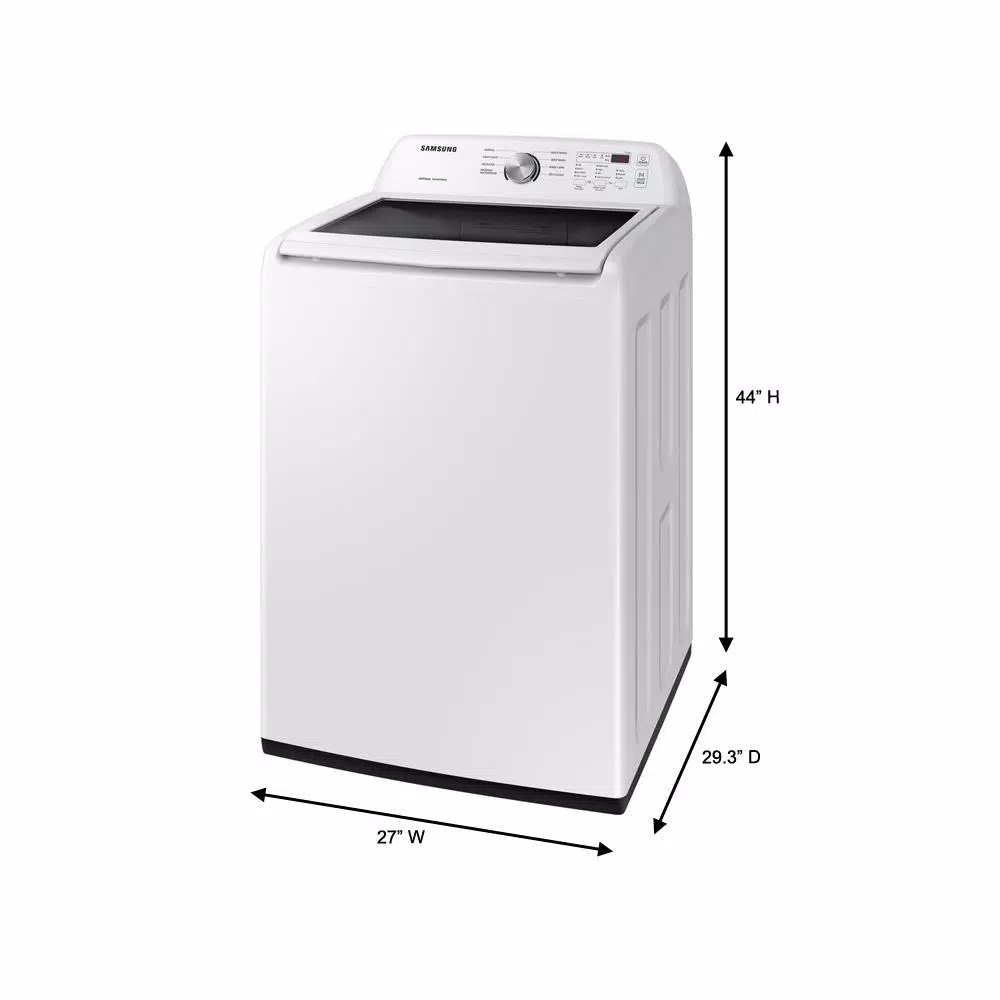
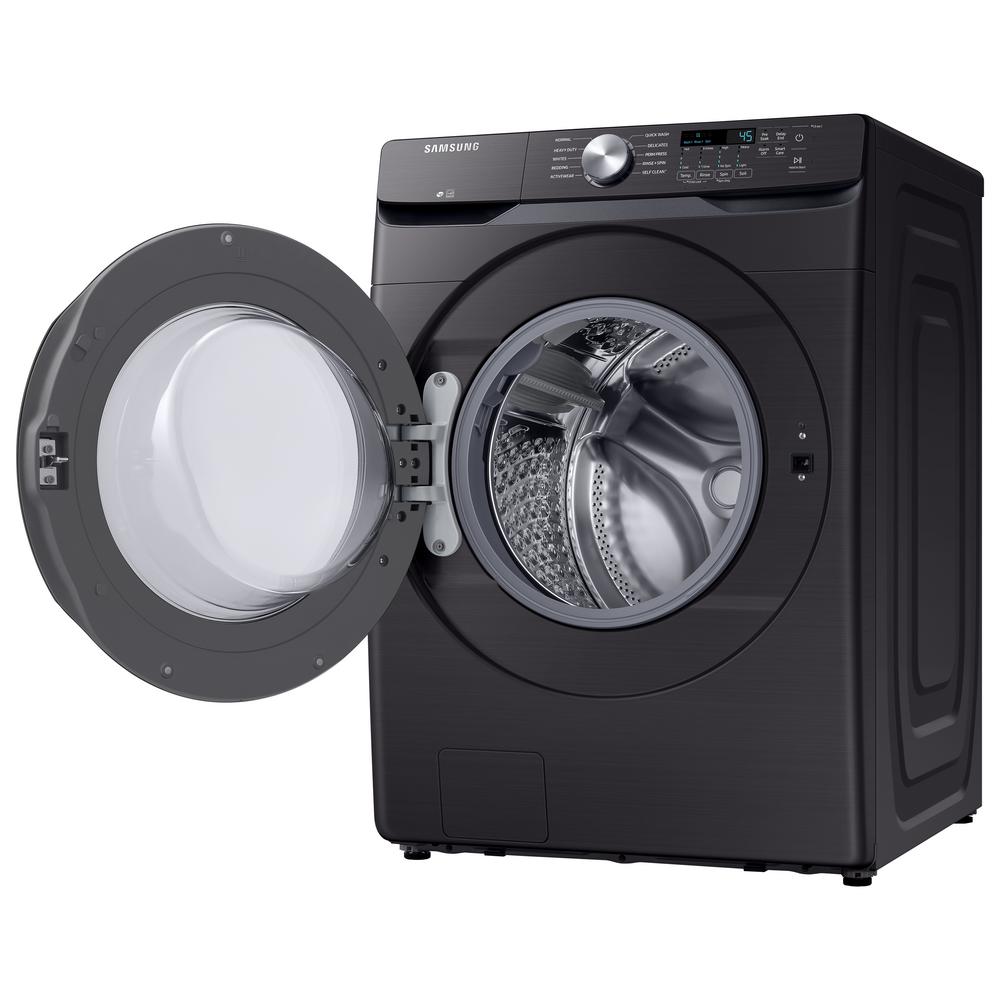
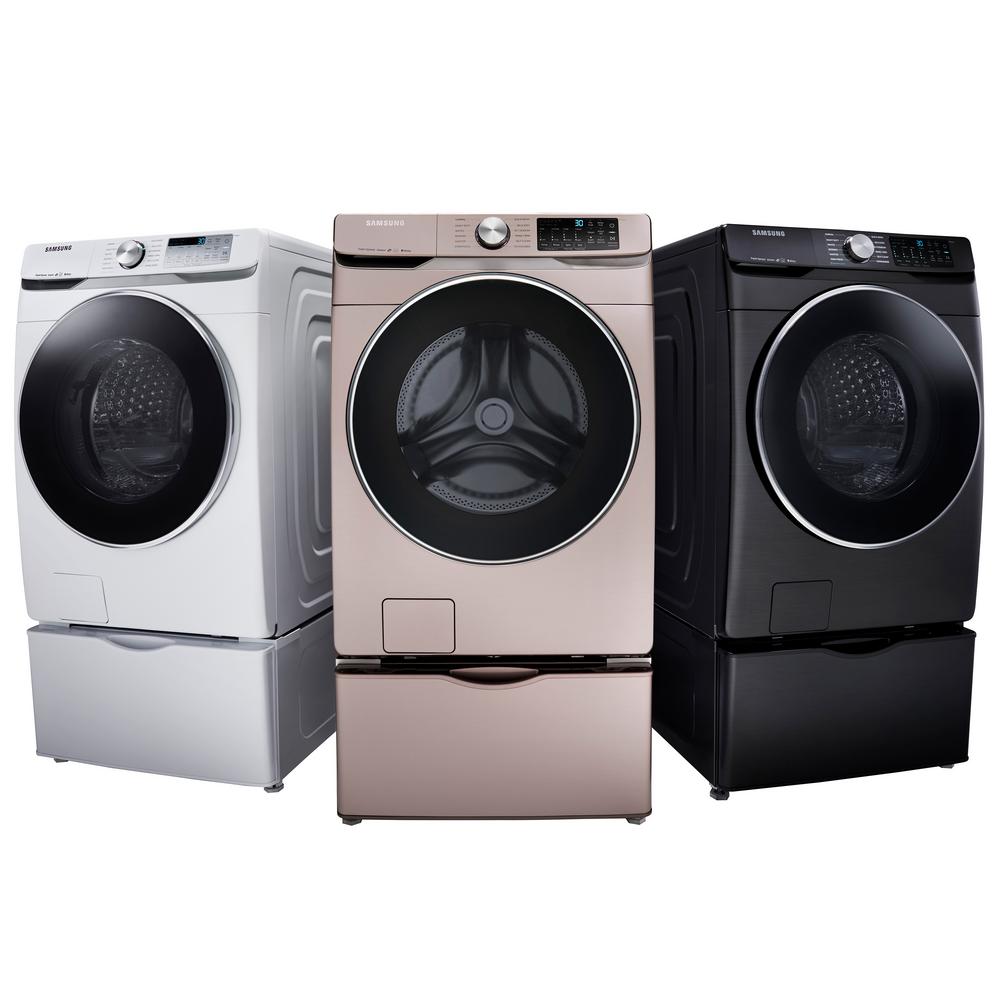
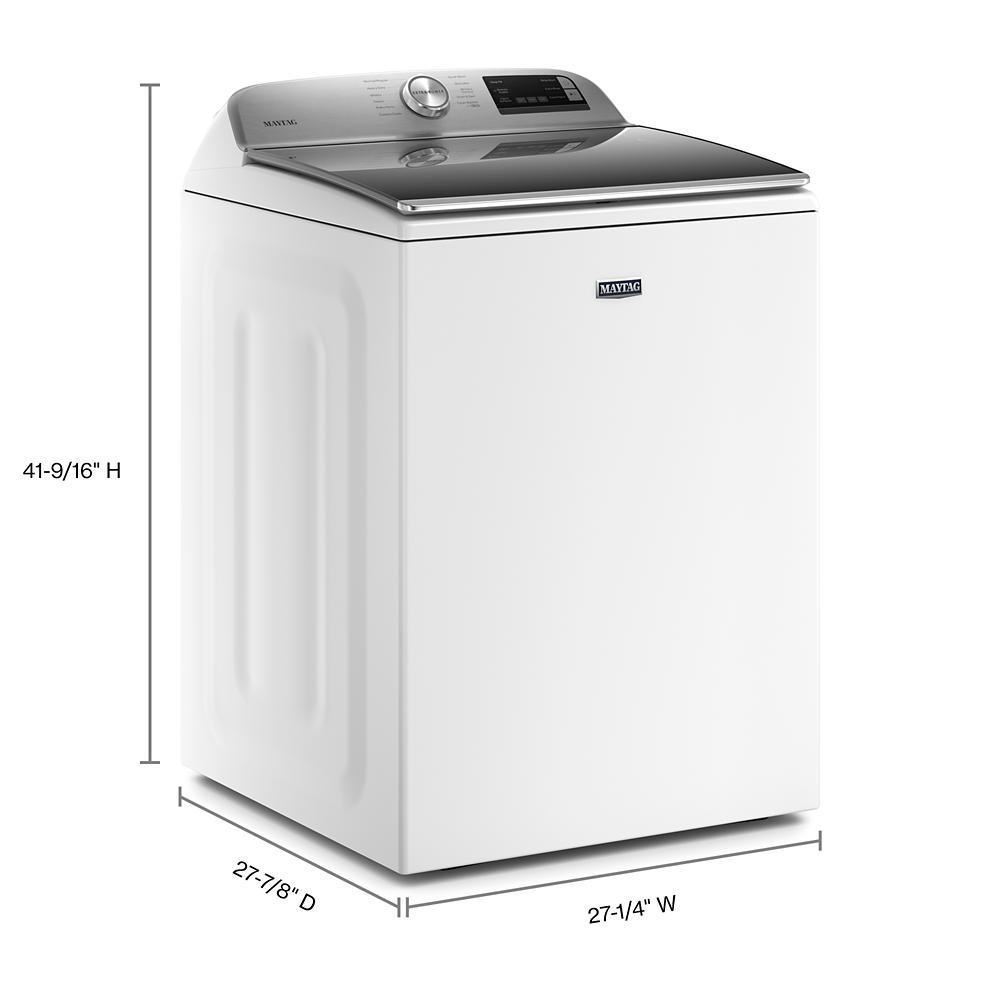
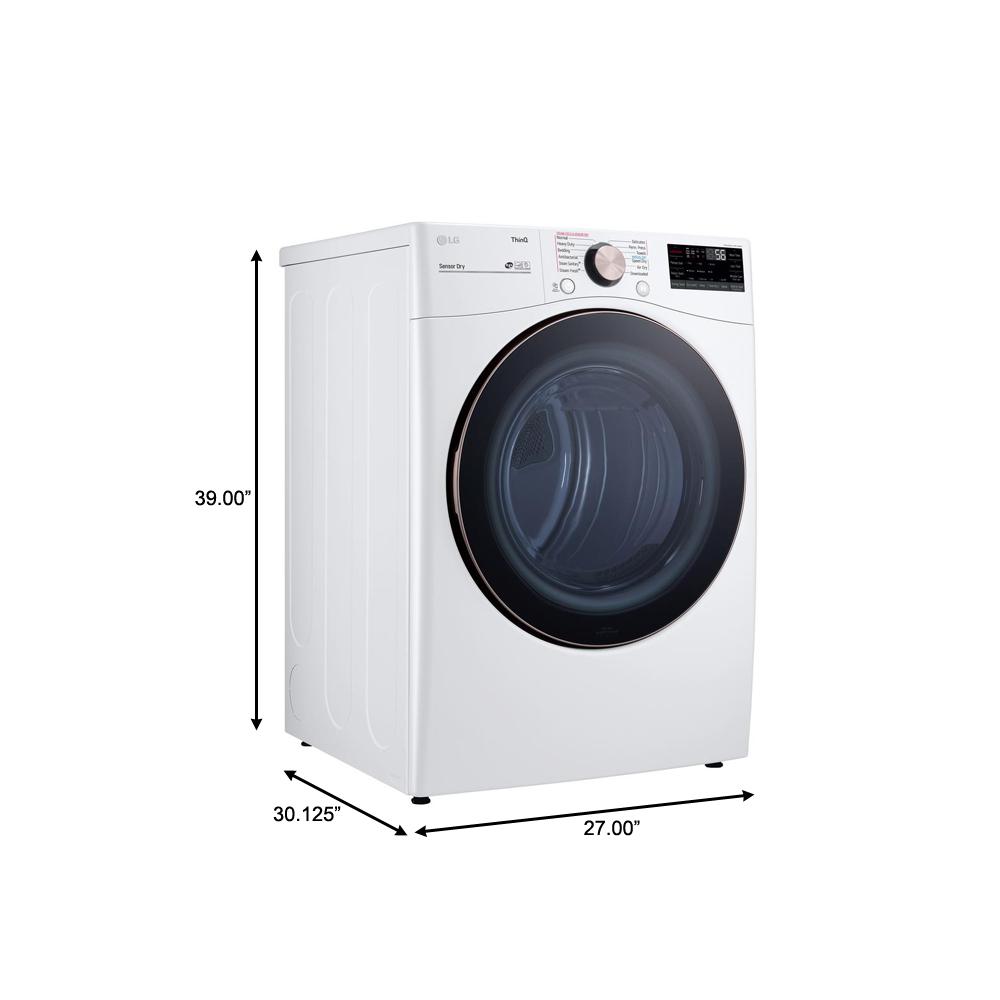
by Steve
I have had this washing machine for about 3 months now and I love it. The large tub can easily handle my bedding, and I haven’t had any issues with the water level that others have complained about. I highly recommend.
by Kenneth
Delivered and fitted promptly. I have used it around once a week, and it seems to work well so far. I did have to reduce the amount of liquid detergent from the recommended amount as it was leaving residue on darker clothing. Quite quiet most of the time, although I did notice a bit extra noise once or twice when the load was heavy, or unbalanced during the spin cycle.
by Liz
Great washer, cleans clothes well with low water for top loading. Love the auto water level option, and my clean clothes!
by Eddie
Love everything about it except the fact that it doesn’t do self leveling water fill up on any setting but normal. We specifically looked for that but unfortunately if you use quick wash or any setting but normal you have to put in the water level. Otherwise it works great & holds a lot of product easily.